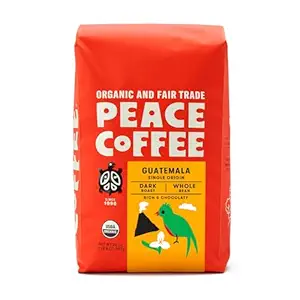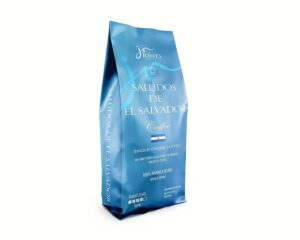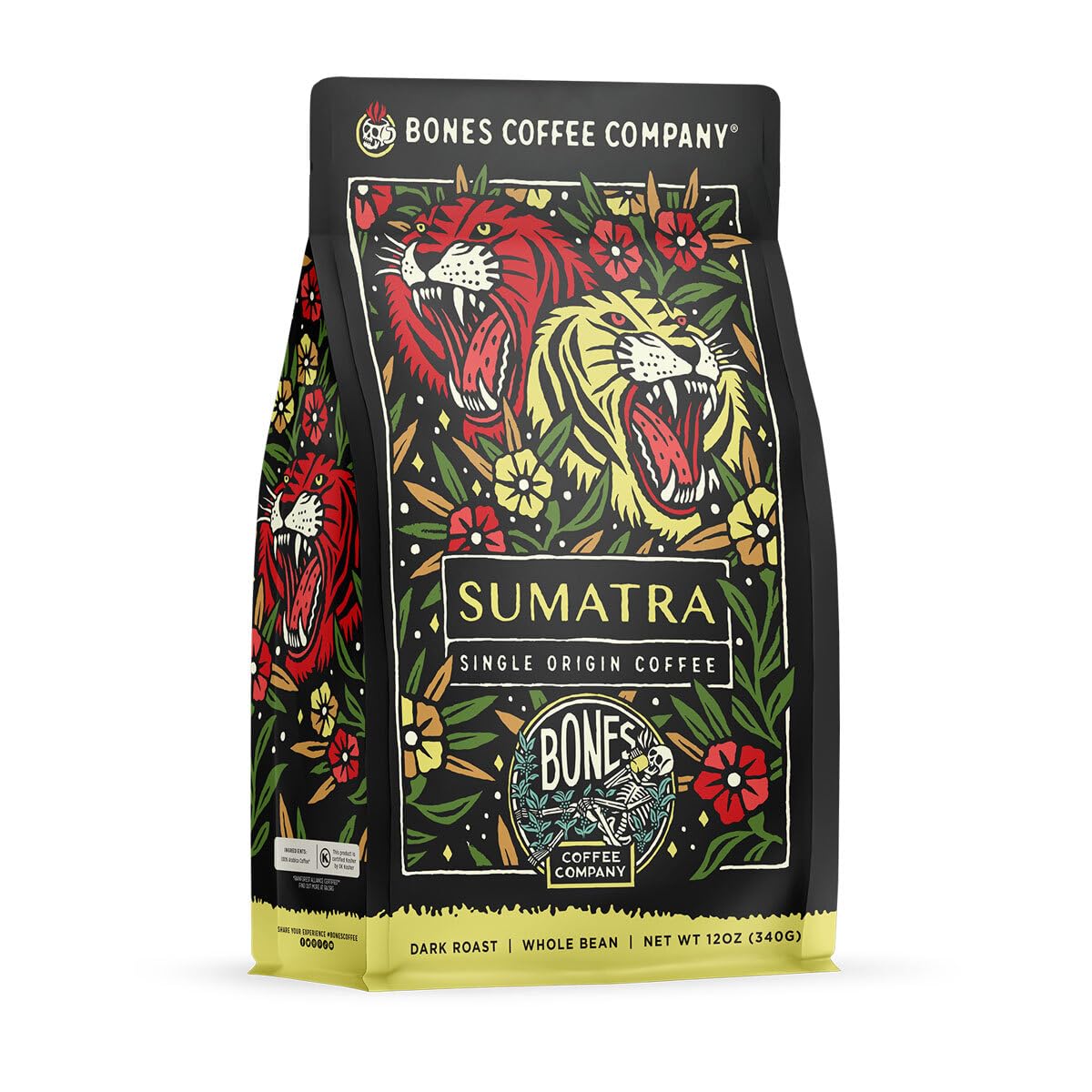Coffee is more than just a morning ritual or a midday pick-me-up. It’s a beverage that has shaped cultures, economies, and social interactions for centuries.
Let’s start on a journey through time to answer the question “where did coffee come from originally”?
The rich, aromatic brew we know and love today has a fascinating history that spans continents and millennia.
PureCoffeeCraft is a participant in the Amazon Services LLC Associate Program, an affiliate advertising program designed to provide a means for sites to earn advertising fees by advertising and linking to Amazon. There is no extra cost to consumers for clicking on the following links.
Where was coffee first cultivated? The story of coffee begins with a legend. According to Ethiopian folklore, in the 9th century, an East African goat herder from Oromia named Kaldi noticed his goats becoming unusually energetic after eating berries from a certain tree later found to be the coffee plant.
Intrigued, Kaldi tried the berries himself and experienced a similar burst of energy.

He shared his discovery with local monks, who learned to roast them and then used the berries to stay alert during long hours of prayer. While this tale is likely more myth than fact, it points to the Ethiopian highlands as the birthplace of coffee.
In the history of coffee timeline, the earliest credible evidence of coffee drinking comes from Yemen in the 15th century. Sufi monks embraced coffee as a way to stay awake during nighttime prayers.
From there, coffee spread throughout the Middle East, becoming an integral part of social and cultural life.
Coffeehouses, known as qahveh khaneh, sprang up in cities like Cairo and Mecca, serving as hubs for conversation, entertainment, and political discourse.

As coffee’s popularity grew, so did efforts to control it’s production and trade. The Arabs jealously guarded their coffee plants, prohibiting the export of fertile beans.
However, popular lore states that this monopoly was eventually broken in 1670 when a Sufi named Baba Budan smuggled seven coffee beans out of Yemen, concealed in his beard.
He planted them in India, marking the beginning of coffee cultivation outside of Arabia.
The Dutch were the first Europeans to get live coffee plants. They established coffee plantations in their colonies, including Java (this is where we got the nickname for coffee).
The French soon followed suit, introducing coffee to the Caribbean.
By the 18th century, coffee had become a global commodity, with plantations spreading across South America, Asia, and Africa.
When coffee arrived in Europe , coffeehouses proliferated, particularly in England, where they became known as “penny universities” because for the price of a cup of coffee, one could engage in stimulating conversation and access the latest news and gossip.
These coffeehouses played a crucial role in the Enlightenment, fostering intellectual discourse and political debate.
In America, coffee’s popularity soared after the Boston Tea Party of 1773, when drinking tea was seen as unpatriotic. Thomas Jefferson called coffee “the favorite beverage of the civilized world,” and it soon became America’s beverage of choice.

The Civil War further cemented coffee’s place in American culture, with soldiers relying on it for energy and comfort.
The 19th and 20th centuries saw significant innovations in coffee production and consumption. The invention of the espresso machine in Italy in 1901 revolutionized coffee preparation, allowing for the creation of a concentrated, quick-to-serve beverage.
This paved the way for the modern café culture we know today.
The Global Coffee Trade
As coffee consumption grew worldwide, so did it’s economic importance. Coffee became a major export for many developing countries, shaping their economies and international relations.
The coffee trade has not been without controversy, however.
Issues of fair pricing, labor conditions, and environmental sustainability have led to the development of fair trade and organic certification programs.
Coffee in the Modern Era
Today, coffee is the second most traded commodity in the world, after oil. It’s estimated that over 2.25 billion cups of coffee are consumed globally every day.
The rise of specialty coffee in recent decades has brought renewed focus to the quality and origin of beans, with consumers increasingly interested in single-origin coffees and artisanal brewing methods.
| Coffee Wave | Characteristics | Time Period |
|---|---|---|
| First Wave | Mass production, instant coffee | 1950s-1980s |
| Second Wave | Espresso drinks, coffee shops | 1980s-2000s |
| Third Wave | Artisanal, single-origin focus | 2000s-present |
The coffee industry continues to evolve, with new trends emerging regularly. Cold brew, nitro coffee, and sustainable packaging are just a few examples of recent innovations.
Meanwhile, traditional coffee cultures around the world, from the Ethiopian coffee ceremony to the Italian espresso bar, continue to thrive and influence global coffee consumption.
The Future of Coffee
As we look to the future, the coffee industry faces several challenges. Climate change threatens traditional growing regions, potentially altering the flavor profiles of beloved coffee varieties.
Efforts are underway to develop more resilient coffee plants and to implement sustainable farming practices.
Technology is also shaping the future of coffee. From it’s humble beginnings in the Ethiopian highlands to it’s status as a global cultural and economic force, coffee has come a long way.
As we sip our daily brew, we’re not just enjoying a beverage – we’re participating in a rich tradition that spans centuries and continents.
Whether you prefer a simple black coffee or an elaborate latte art creation, the next time you enjoy your favorite coffee drink, take a moment to appreciate the long and fascinating journey that brought that cup to your hands. The story of coffee is far from over, and each of us plays a part in shaping it’s future.

